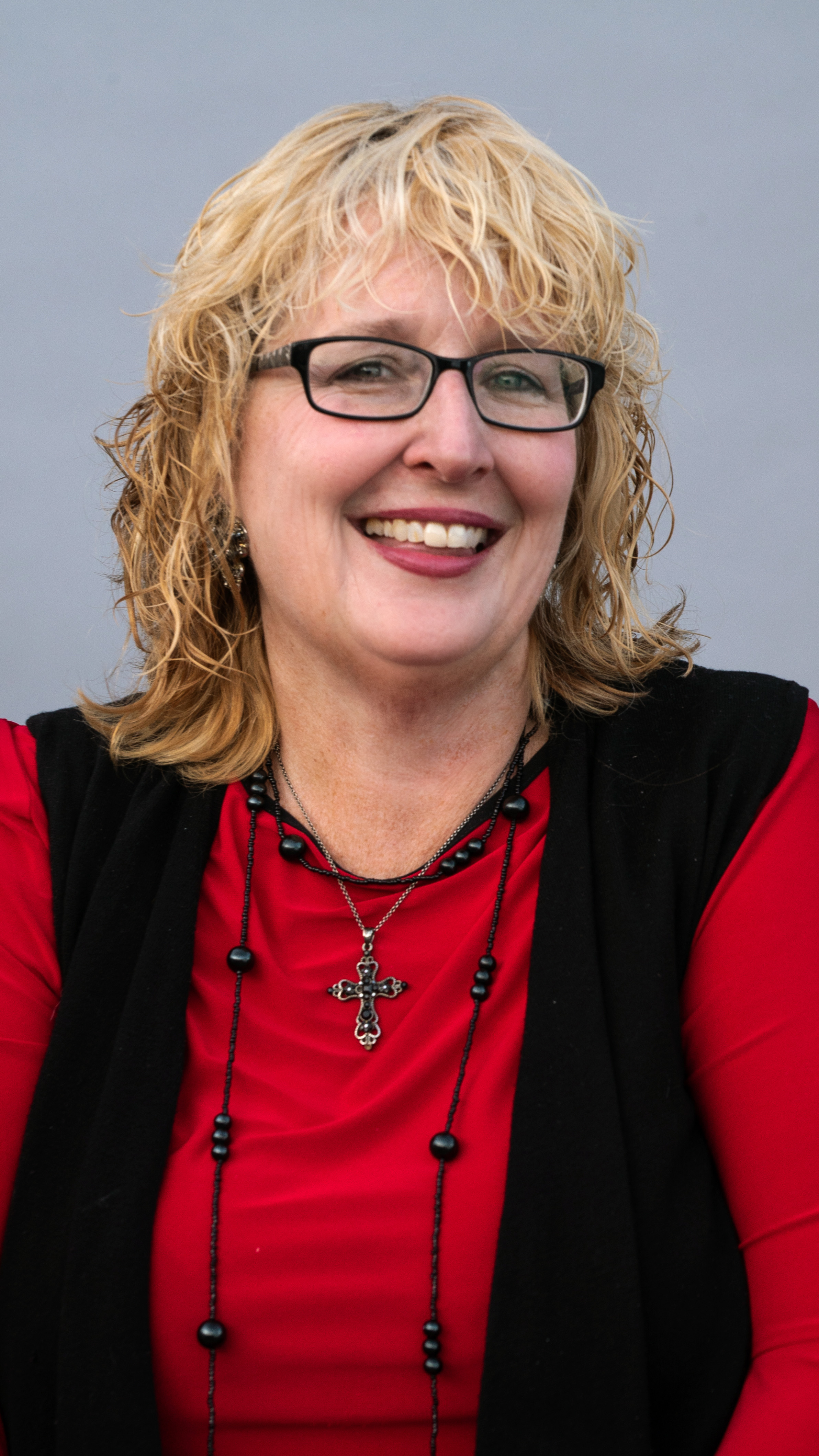


The purpose of this presentation is to present digital storytelling through moviemaking as a culturally relevant instructional strategy that can be used to foster equity and social-emotional learning. Attendees will understand how storytelling connects to learning and the impact of stories on the brain. Participants will also learn about several moviemaking lesson frames that can be used with any content/grade level. An array of student-created movies will be showcased as exemplars. Attendees will leave with a clear understanding of the capacity moviemaking has to lift under-represented voices, as well as to help students process their emotions and clearly communicate diverse perspectives on a variety of topics.
1. Welcome, presenter introductions - 3 minutes
2. Description of educational context in which presenters work (i.e. student and community demographics, barriers). Identifying the challenge: Structuring culturally relevant learning opportunities in post-pandemic classrooms. - 5 minutes
3. Presenters will discuss the hallmarks of culturally responsive instruction and explain how digital storytelling (in particular, moviemaking) exemplifies this instructional philosophy. Presenters will share research as they further connect storytelling to the learning process and brain science. - 5 minutes
4. Presenters will showcase culturally relevant moviemaking projects and explain how to effectively integrate them in any classroom and/or content area. Featured projects include the "Me in Three" project to introduce the concept of storytelling, as well as the "BioPoem" project. Both of these projects can be used for personal expression to build community and share cultural background. - 10 minutes
5. Presenters will explain how moviemaking can function as a tool to build empathy both within and outside of specific cultural groups. (Similar to the concept of utilizing texts as windows, mirrors, and sliding glass doors.) They will share the "In My Time" moviemaking lesson frame and how it can be used to lift under-represented voices. Includes several student-created examples pertaining to Black history and Hispanic Heritage Month. Next, presenters will share the culturally relevant "Where I'm From" movie project and show several examples created by Latinx students. - 15 minutes
6. Presenters will showcase both the "Video Haiku" project and the "Personal Story" project, including examples created by students from a variety of backgrounds. This portion of the presentation will focus heavily on allowing students to find and develop messages they want to broadcast into the world to communicate their learning, affect change, and/or share their lived experiences. - 10 minutes
7. Presenters discuss how teachers can scaffold storytelling for success in the classroom. This includes tips for how to begin, the storytelling process, common pitfalls to avoid, and helping students recognize the potential value of sharing their work with others. - 10 minutes
8. Closing and additional resources. - 2 minutes
Pack, Jessica (2021). Moviemaking in the Classroom: Lifting Student Voices Through Digital Storytelling.
Briant, K. J., Halter, A., Marchello, N., Escareño, M., & Thompson, B. (2016, November). The power of digital storytelling as a culturally relevant health promotion tool. Health promotion practice. Retrieved September 28, 2022, from https://www.ncbi.nlm.nih.gov/pmc/articles/PMC5065376/
Gallo, C. (2019). Storytelling to Inspire, Educate, and Engage. American Journal of Health Promotion, 33(3), 469–472. https://doi.org/10.1177/0890117119825525b
Will, M., & Najarro, I. (2022, May 10). What is culturally responsive teaching? Education Week. Retrieved September 28, 2022, from https://www.edweek.org/teaching-learning/culturally-responsive-teaching-culturally-responsive-pedagogy/2022/04
Peterson, L. (2018, October 17). The Science Behind The Art Of Storytelling. Harvard Business Publishing: Corporate Learning. https://www.harvardbusiness.org/the-science-behind-the-art-of-storytelling/.
Vu, V., Warschauer, M., & Yim, S. (2019). Digital Storytelling: A District Initiative for Academic Literacy Improvement. Journal of Adolescent & Adult Literacy, 63(3), 257-267. https://doi.org/10.1002/jaal.962
Zak, P. J. (2013, December 13). How Stories Change the Brain. Greater Good Magazine. https://greatergood.berkeley.edu/article/item/how_stories_change_brain.